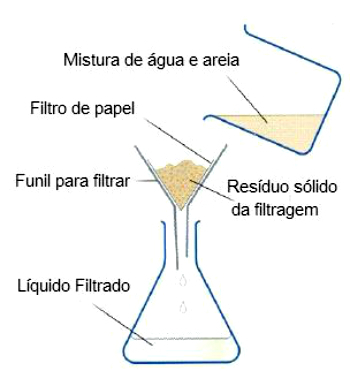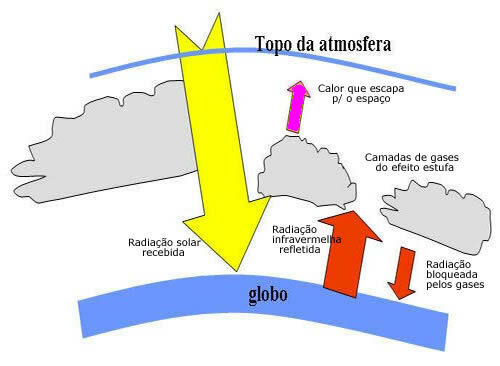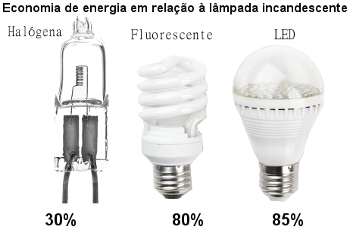Filtration is a method of separating heterogeneous solid-liquid and gas-solid mixtures.
It is the most common method of separating an insoluble solid from a liquid.
In everyday life, filtration is often used to remove solid particles in water treatment plants and in coffee preparation, for example.
Types
There are two types of filtration: simple and vacuum.
Simple or common filtration

The simple filtration, illustrated in the example above, is done with the installation of a barrier that can be paper or filter mesh in the funnel.
The funnel is placed at the inlet of the container and the water and sand mixture is poured into it.
Thus, the solid particles, which are called waste, stop at the barrier and are separated from the filtered material.
Vacuum filtration

Vacuum filtration or reduced pressure filtration is used to speed up the separation process and consists of rarefaction of the air below the filter.
The process is carried out inside the Buchner funnel, a porcelain instrument drilled into the bottom.
The Buchner funnel is placed under the kit that receives the liquid being filtered.
This is a technique used to separate a solid product from a solvent mixture through a chemical reaction.
In this process, the mixture of liquid and solid is poured through a paper into a Buchner funnel.
The solid is trapped by the filter and the liquid is removed through the funnel into the flask by a vacuum.
Other methods of separation of mixtures
Other methods of separating heterogeneous mixtures include:
- decant
- grooming
- flotation
- fractional dissolution
- magnetic separation.
To separate homogeneous mixtures, the methods used are simple or fractional distillation and crystallization.
Check entrance exam questions with feedback commented on:exercises on mixing separation.


